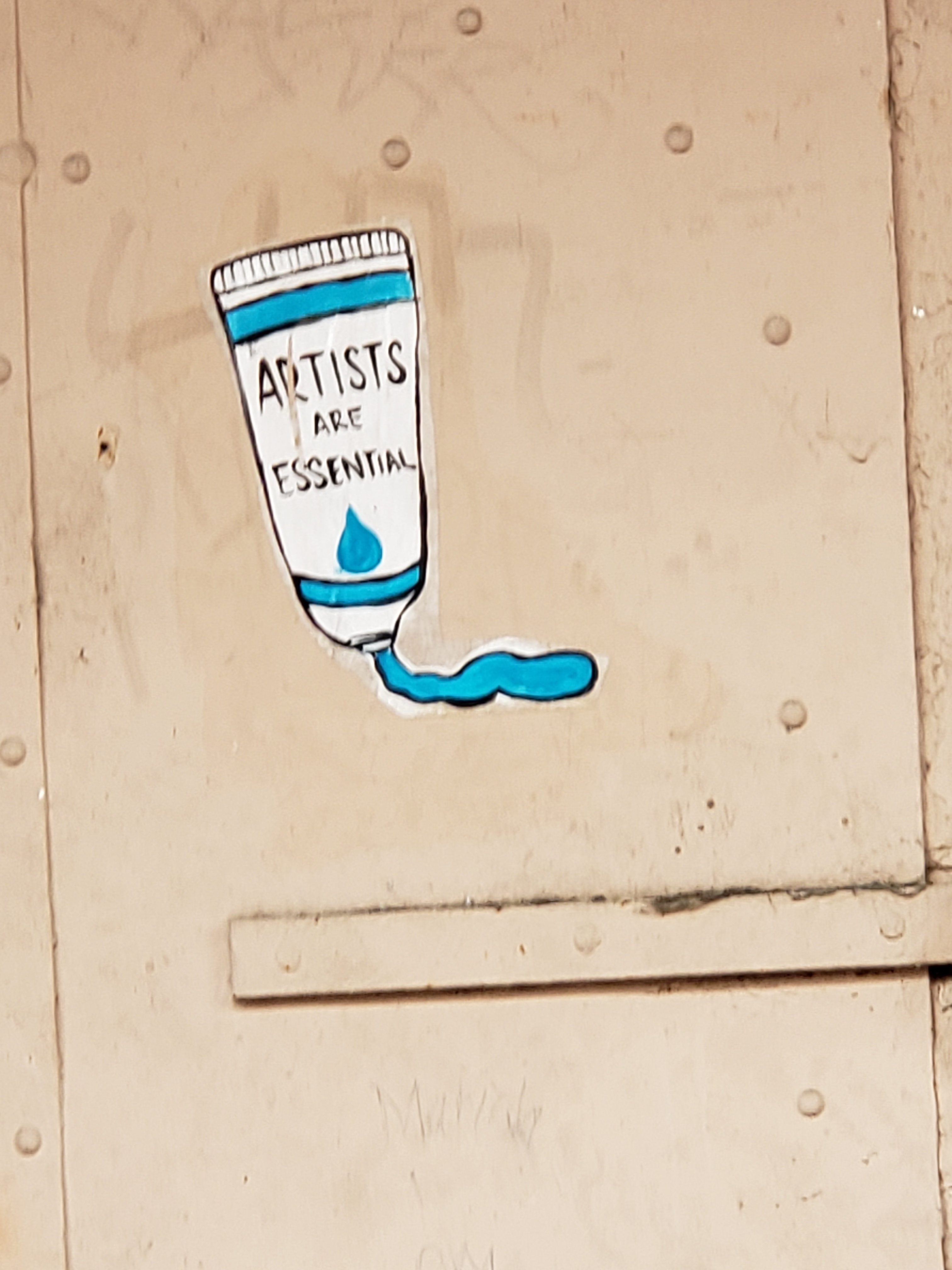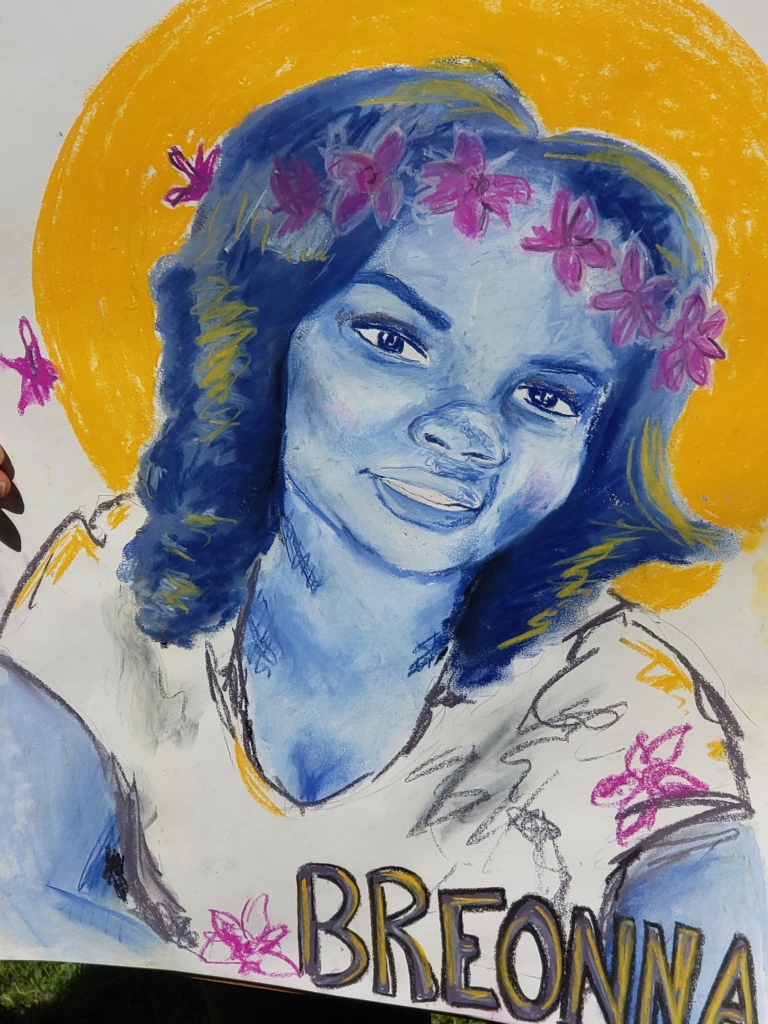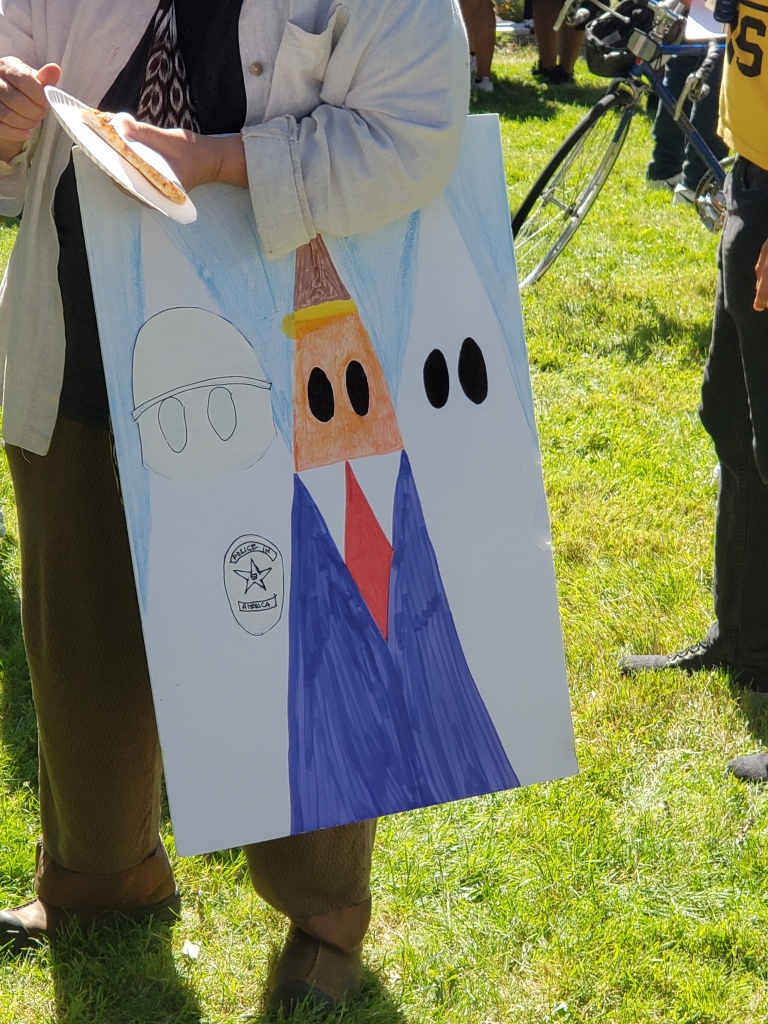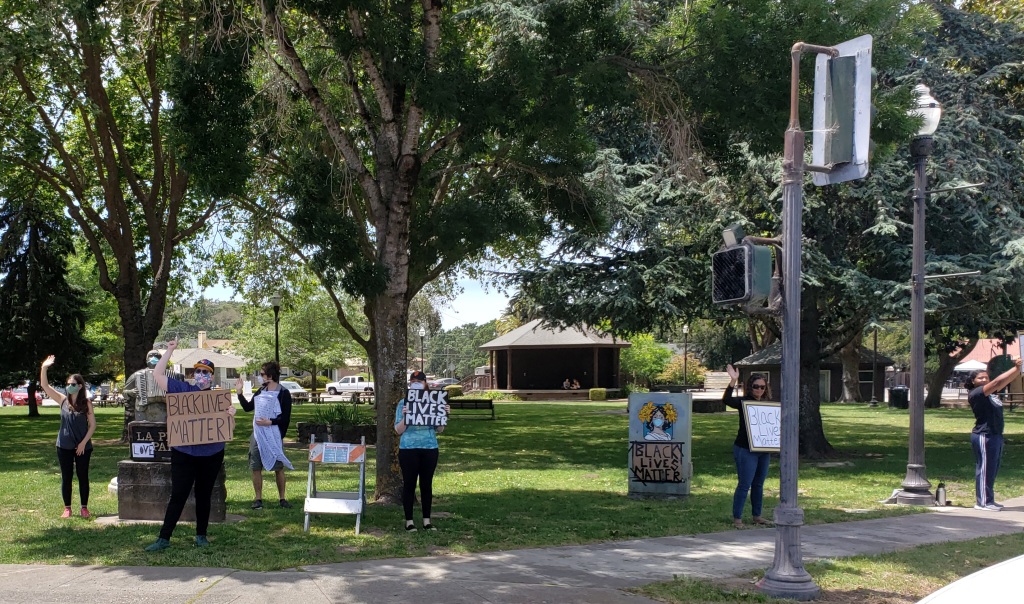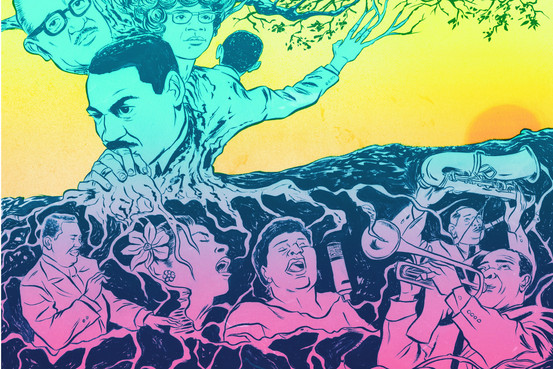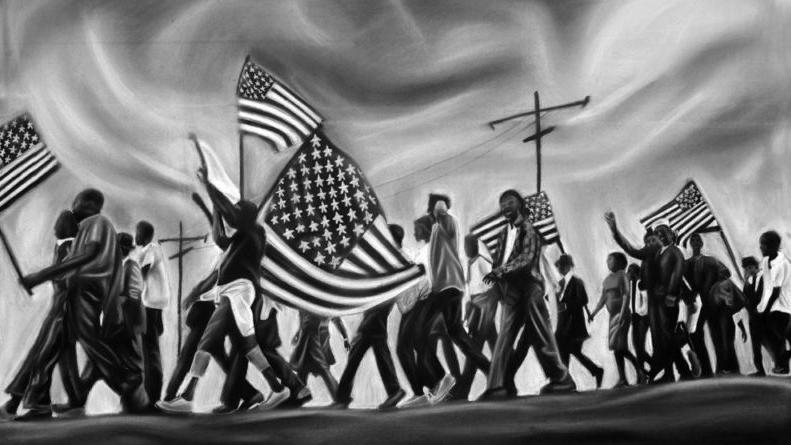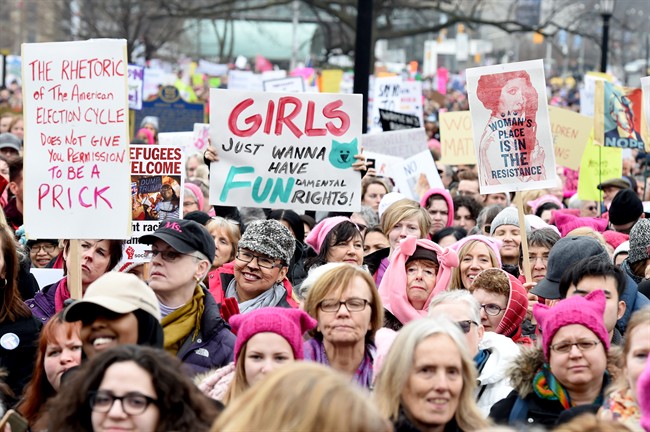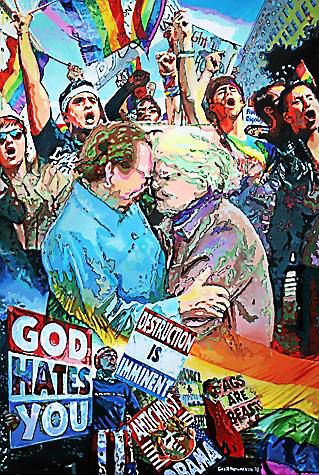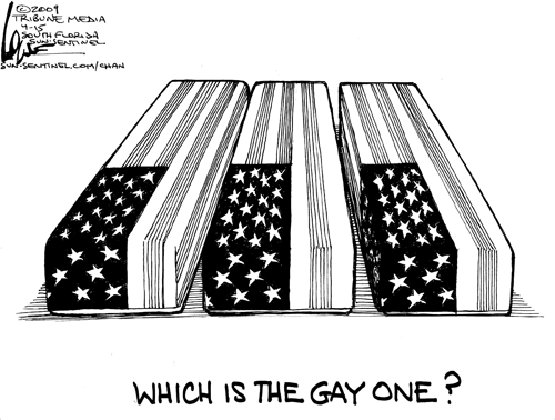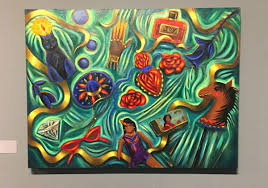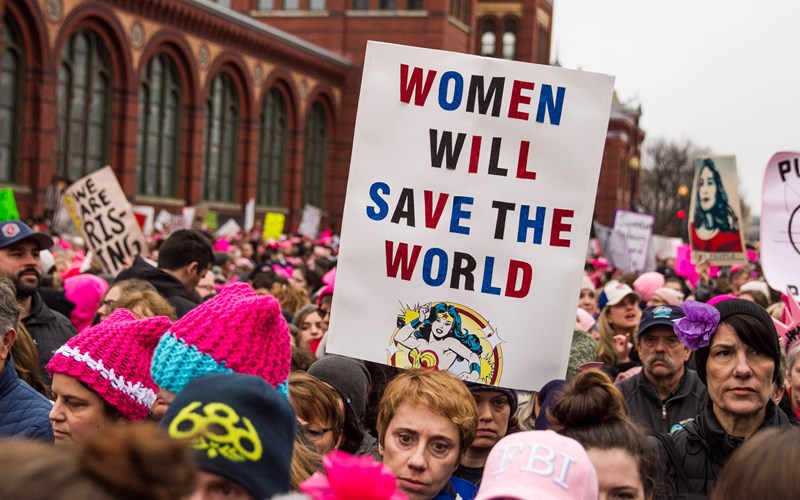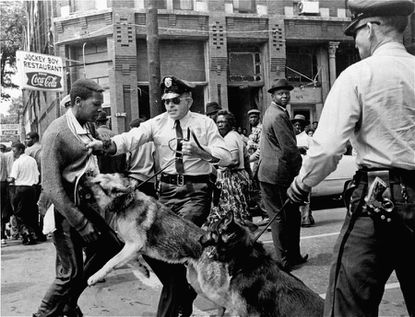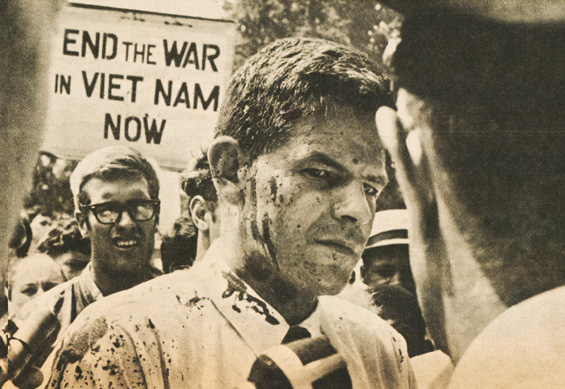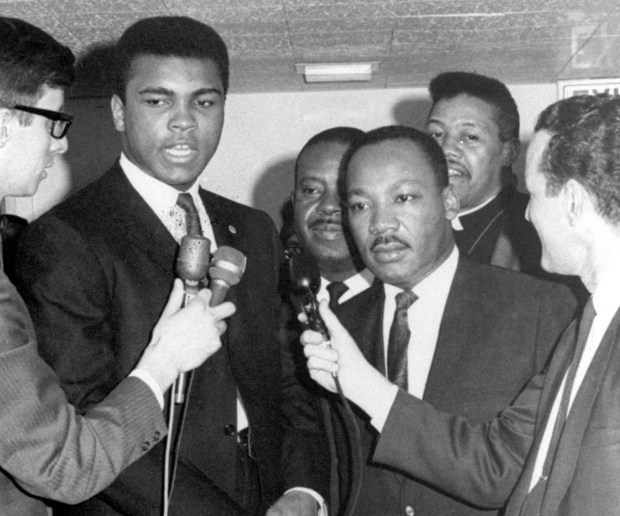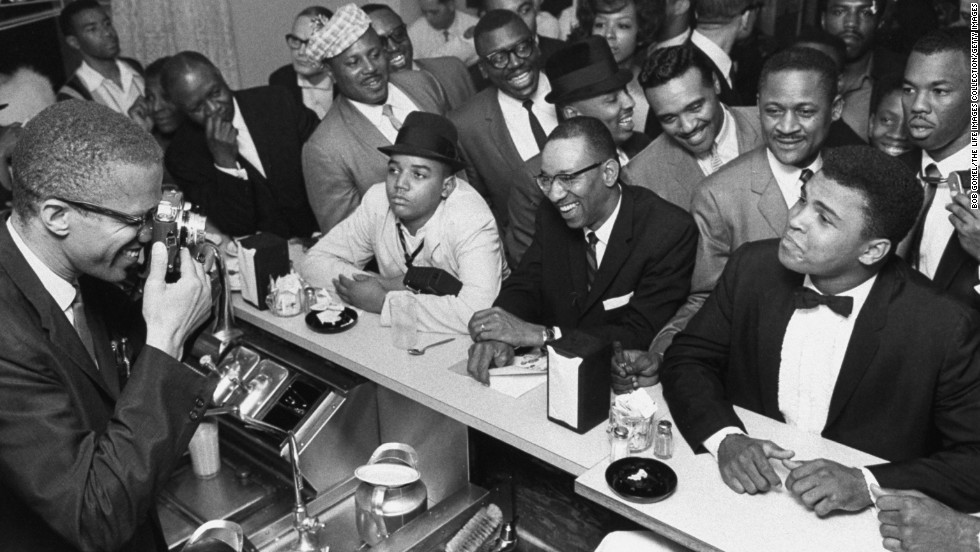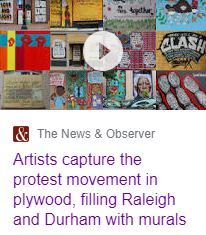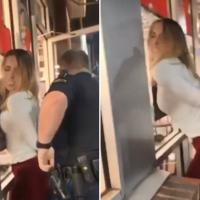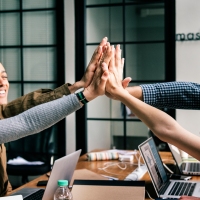What new role do artists serve in the current civil rights movement compared to those of the last one?

Big thanks for this, the first – “Inaugural”, question submitted for my dead reckoning… and a great question at that!
My dead reckoning on this is that we need to break it down into two parts to answer it fully.
That is, first we’ve gotta start with some baseline of the role artists have played in the civil rights movements of our past, then we can look at the new roles artists are playing in our movements today.
Something I heard a friend of mine say in context of the rona pandemic sums up my view best on the role of artists, before AND now, in the context of human rights struggles too, which endures:
” artists are essential”
Artists are our unyielding protesters, even when there is no active “movement” going on at all. Artists’ role in shaping our culture and views on things we see happening in the world cannot be overstated.
Especially in recognizing how wide reaching the term “artist” goes.
Musicians… political cartoonists… comedians… actors… writers… painters… photo and videographers… heck, personally I hold software designers in high regard as artists of a sort too. How do the architects who create our systems affect our civil rights?
There’s an intentional, albeit evil, artistry that went into building our unjust systems enduring today which we must acknowledge too.
There’s all sorts of craft artists of different ilks endeavor that shape our impressions of life around us and how we feel about it.
Undoubtedly creatives shape our world with work that impacts us in many ways, and can serve as powerful messaging that can unite or divide people passionately.
Throughout American history artists have played a very central role in inspiring protest and change alongside civil rights movements of our past.
Our national anthem is a poem, remember?…
… and remember when Jimi Hendrix played it at Woodstock? Powerful and iconic. Who doesn’t know about that? Jimi got the worlds attention, and history’s attention too.
Artists can get people ‘s attention in ways that protesters and politicians can’t. Artists can inspire through all the bullshit that are barriers between people sometimes.
Its a miraculous thing, really, when that power is pointed the “right” way.

Traditionally the medium for artists in the span of time of these movements has been song, writing, and physical media art of sorts: posters, paintings, sculptures, pictures, films… whatever the message has been any artist wanted to convey as their point of view on civil rights issues, these are the works they would produce and distribute in some way to their audiences.
Alongside the American revolution, the civil war, and all the “modern” civil rights movements for women, minorities, immigrants, LGBTQ, and even in today’s movement to try and reach levels of equality in our country which we have never achieved for not just black people, but or ALL of us, artists have helped to fuel our coming to terms with change and the need for it all along the way.
Most protest and artists’ ability to speak to it in the past, I believe, faced different challenges than we do today in the ability to get messages to larger audiences. Indeed, artists’ ability to play a role in our civil rights movements on the larger stage using their craft has changed.
Organizing and the art around “causes” used to be constrained geographically in a way it is not now. Movements and causes were localized and grass roots, even for national issues quite often. The art around it was focused and distrubuted mostly at the local level with lots of printed materials and music and some street art.
The 60’s was a turning point: access to national and global audiences became possible. Film, tv, and the ability to use fame as an artist for civil rights issues became more real. The effectiveness of movements since the 60’s, and artists’ ability to more greatly affect the wider audience’s perceptions of the issues has evolved immensely.
The images and voices of those fighting for change, live and direct, into the the homes of the unaffected became possible.
I suppose that’s a long winded way of actually saying the role of artists hasn’t changed today… but the potential for them to be a direct force for civil rights change has been amplified… thanks to the information age, of course.
In case you’re unfamiliar, I’d encourage you to check out the story of Shepard Fairy, who started out as a street artist and activist and became known, among other things, for crafting the iconic Obama “Hope” poster.

The role of artists these days in the modern day civil rights movement is even MORE important today than EVER because access to so many hearts and minds can be right at their fingertips.
Artists have a way of getting people’s attention in ways others cant. I’d say that in today’s women’s (those vagina hats are unmistakable! – great art!), LGBTQ (can’t have art without rainbows, duh), and even Black Lives Matter civil rights movements artists have more power than ever before to weild the influence of their skill for the greater good, if done right.
Therefore, I say the role of actions artists can play, and their call of duty to it, in the civil rights movements of today versus yesterday, is more needed than ever before.
That’s my dead reckoning on that.
Check out my C.R.E.A.M. page for some cool artists out there that I know!

